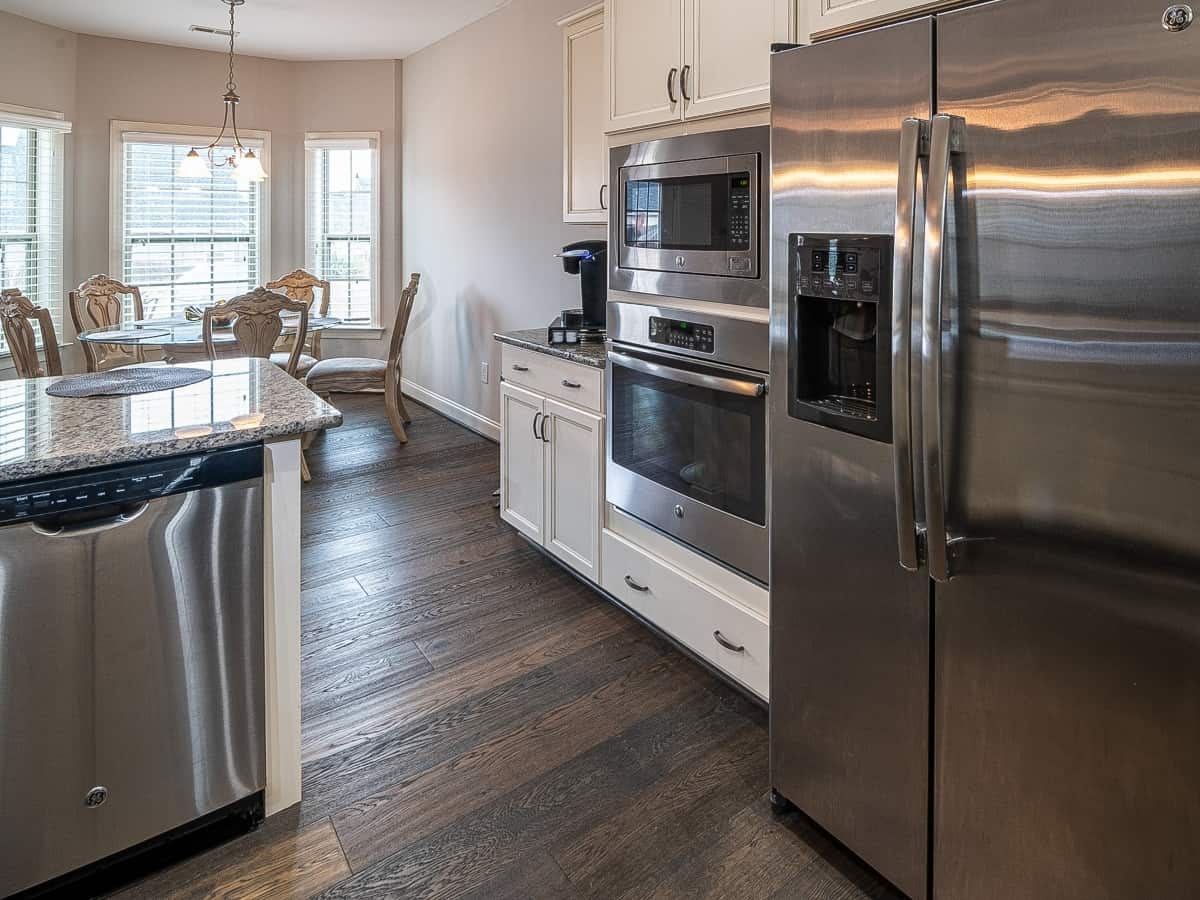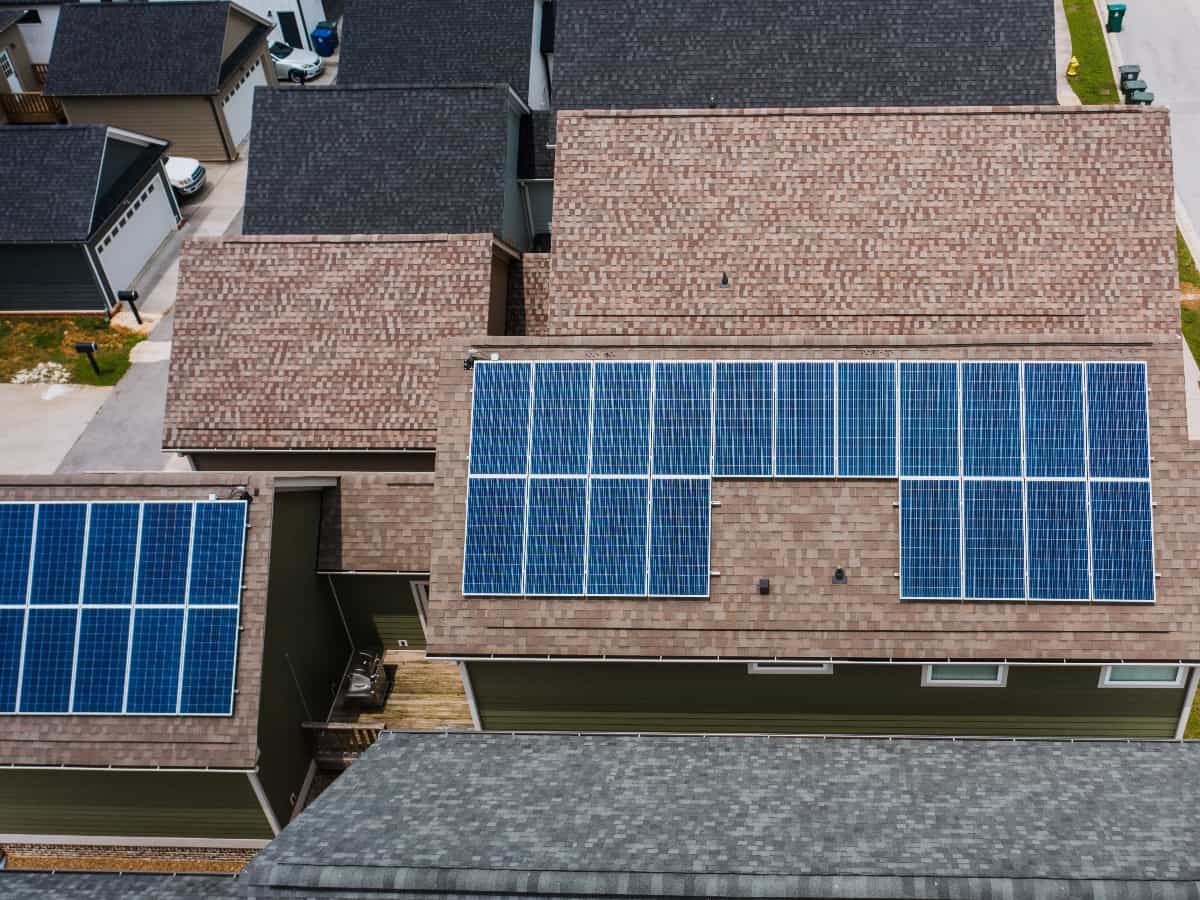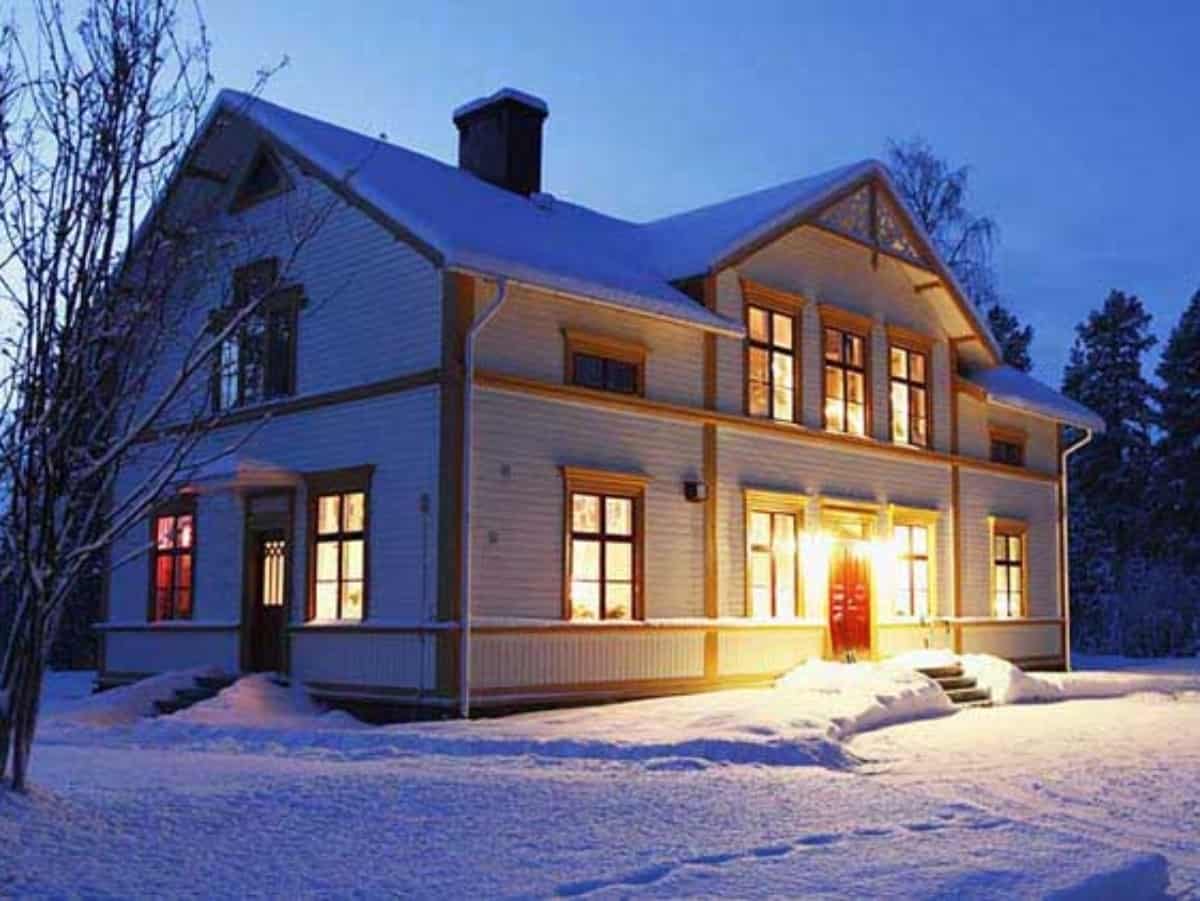Winter mornings can be chilly, and you have to turn on the heater. For some, such as families with children, running the heater every day is simply unavoidable. Fortunately, there are still ways to save money on your electric bill in the winter months. Here are some of the best tips for how to lower electric bill in winter.
Ways to Lower Your Electricity Bill in Winter:
1.) Set Your Thermostat to 68ºF When Away From Home
If you’re looking for ways to save money on heating bills during the winter months, try setting your thermostat at 68ºF while you’re away from home and raising it a few degrees when you return.
Lowering the temperature on your thermostat by 7 to 10 degrees for an 8 -hour period can save up to 10 percent on heating bills, according to the U.S. Department of Energy. By learning how to lower electric bill in winter, you’ll be able to save hundreds of dollars over time.
2.) Lower the Temperature of Your Water Heater
One of the best ways to reduce electricity consumption is by lowering the temperature of your water heater. If you live in an area where temperatures are low for most of the year, then consider lowering the temperature of your water heater from 120 degrees Fahrenheit to 110-115 degrees Fahrenheit.
If you have a gas or tankless heater, turn down the thermostat to 140 degrees Fahrenheit or lower (but never below 120).
3.) Insulate Around Your Windows and Doors
The first thing that you need to do is to insulate your windows and doors. This will keep the heat inside your house, so you will not have to use the extra money for heating purposes. You can buy foam insulation kits that come with spray foam insulation applicators, and they will help you cover the areas without insulation.
The foam will expand into every crack, making sure that there is no cold air coming in through these cracks. Make sure to close all windows and doors before applying the foam since it expands once it comes in contact with the air outside of the house.
4.) Seal Air Leaks in Your Ducts
If you have forced-air heating or cooling, there are likely some leaks in the ducts leading from your furnace or air conditioner. These can be easy to spot if you turn off the power and listen for hissing sounds coming from the ducts.
You may want to hire an HVAC contractor to seal up any leaks found on the outside of the home or building. The U.S. Department of Energy reports that up to 30% of the heated air escapes through gaps in ducts, joints, and connections. You can seal these leaks by using foil tape or sheets of insulation to cover gaps in ducts and around heating registers.
5.) Check Furnace Filters Monthly
Check your furnace filters monthly. If you have a forced-air system, clean or replace your filter once a month. If you have an oil-fired or gas-fired heat source, check the filter at least once every three months. It’s important to change it immediately if there is excessive dust or dirt in the filter — this could be causing air flow problems through the system and make it work harder than necessary to keep you warm.

6.) Turn Off the Lights When They’re Not Needed
Turn off lights when not needed and unplug appliances and phone chargers when they’re not in use. You might not realize how much juice these things use when they’re plugged in. Unplug them when they’re not needed for extended periods (or better yet get rid of unnecessary chargers). This is one way how to lower electric bill in winter.
7.) Change Your Lights To LED Light Bulbs
LED light bulbs consume less energy than regular light bulbs and last longer too! They are also more environment-friendly as they use recyclable materials and have no mercury content like CFL bulbs do. So if you have been using incandescent bulbs until now, replace them with LED bulbs as soon as possible!
8.) Only Wash and Dry Full Loads
Resist washing small loads. Instead, only wash full loads of laundry and use the appropriate settings for each load. This will help keep down energy costs since many appliances use more energy when operating at less than full capacity.
9.) Keep Doors Closed When Possible
Keeping doors closed keeps heat from escaping. You can save up to 20 percent on heating costs by keeping the heat in your house. It’s also important to make sure that all the windows have weather stripping around them. This helps prevent cold air from coming in through drafty windows or cracks in doors and windows.
10.) Use a Ceiling Fan With Your Heat
Use ceiling fans instead of turning up your heat. Ceiling fans are an easy way to stay warm without having to turn up the heat — and they’re free! When running ceiling fans at low speeds, they’ll circulate the heat better and save you money on electricity bills over time.
11.) Open the Curtains on Sunny Windows for Free Heat
In wintertime, opening the curtains provides free geothermal heat for your home — as long as you open the curtains on sunny windows! This increases natural light in your home while also providing a bit of warmth from sunlight shining through windows during daylight hours.
12.) Wear Warm Clothes and Use Blankets
Dressing in layers and using throw blankets while watching TV will keep you warm without having to turn up the heat. Keeping the temperature at a consistent, comfortable level will save energy and money.
13.) Cover Wood Floors With Throw Rugs
Cover wood floors with throw rugs or carpeting to insulate them from cold air coming up through the floorboards. Wearing thick socks also helps keep your feet warm.
14.) Use a Power Strip for Appliances and Turn It Off When Not In Use
You might not realize it, but small appliances still consume energy even when turned off. A suggestion that may help is to plug those appliances into a power strip and turn it off when you go to bed.

15.) Use Your Microwave to Reheat Food Instead of Your Oven
Use your microwave to reheat food instead of your oven. The microwave uses about one-fourth as much energy as an electric oven and about one-twentieth as much as a gas burner.
Bonus Tip:
* Check with your power company for time-of-use rates
These rates can help you save money on electricity by changing when you consume energy. Some companies offer lower rates during off-peak hours, while others have tiered prices during different times of the day.

Introducing Solar Energy For the Winter
Many people ask if there is enough sun for solar panels in winter. Do the panels produce enough energy? The short answer is yes. While there isn’t as much sunlight during this time of year, solar panels still work just fine even when it’s cloudy or raining outside. The key is to make sure that your panels have enough surface area facing south to collect energy from the sun throughout the day. If you’re considering installing solar panels on your home, we recommend getting a professional assessment first so that you know exactly how many panels you need and where they should be placed on your roof or in your yard.
Solar energy offers many benefits whether you live in a remote area or in the city. Installing solar panels are an excellent way to save money on heating bills in winter. You can use solar power directly to heat water or indirectly by installing an air-to-water heat pump that uses solar energy to warm your water supply. This means that you will be able to use less energy from the grid during those chilly months when you need it most.
It makes a great backup energy source if you live in an area that frequently loses power in the winter.
Common Myths About Electricity Usage
Myth # 1: Electric Room Heaters Use Less Energy Than Your Furnace.
Room heaters are more expensive to run than central heating. If you have one area that your central heating doesn’t reach, then using a room heater with a thermostat can help you stay warm on a short-term basis.
Myth # 2: Leaving Televisions, Computers, and Other Electronics On Uses Less Energy Than Turning Them Off
Most electronic devices use more power when they are in use than the amount of energy created by turning them on. Nowadays, the lifespan of electronics is not reduced when they cycle on and off. This is due to the development of better designs.
Myth # 3: Maintaining a Set Temperature In the Home while You Are Away Saves Money
Running your heat when you’re not home is a waste of energy. Heating and cooling costs make up a large part of your energy bill. Turn your thermostat down when you leave the house, and turn it up when you come back. You can use a programmable thermostat to do this for you. It does not use a lot of energy to heat your home when you come back.
With a little research and awareness, you can find more ways to stretch your budget and keep more money in your pocket at the same time. You’ll be glad you took the time to learn how to lower electric bill in winter.
Trust ONIT Home For Your Solar Needs
You can have clean, sustainable energy for your home, and it doesn’t have to cost a fortune. With ONIT Home Solar Power Systems, you can reduce or eliminate your energy bill, save money on the resources you use, and even qualify for tax credits for choosing solar. Contact us today to join the millions of people already enjoying the benefits of clean, sustainable energy!



